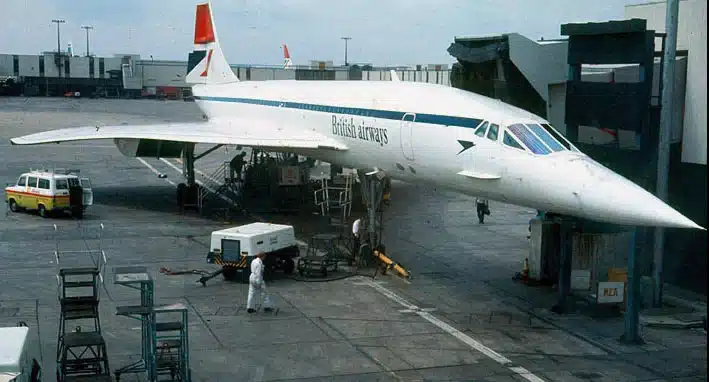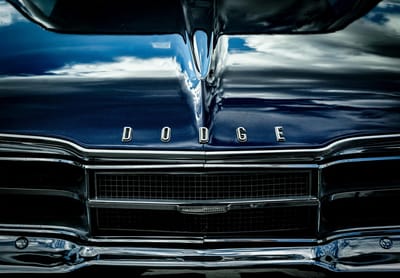Why there hasn’t been any commercial supersonic planes since Concorde
- Concorde introduced supersonic commercial travel back in 1973
- It could travel between London and New York in around three hours
- Concorde took its final flight in 2003
Published on May 23, 2024 at 12:39 PM (UTC+4)
by Claire Reid
Last updated on May 24, 2024 at 12:57 PM (UTC+4)
Edited by
Tom Wood
When Concorde took its inaugural trip back in September 1973, it was thought it could be the start of a whole new era of super-fast, supersonic travel.
The planes had a maximum cruising speed of 1,354 miles (2,179 km) per hour, or Mach 2.04 – more than twice the speed of sound – meaning it could fly between London and New York in around three hours.
Its speed made it a hit with celebrities, politicians and royalty, with famous faces including Dolly Parton, Paul McCartney, Mikhail Gorbachev, Phil Collins and the late Princess Diana, all climbing aboard.
However, fast forward 27 years and Concorde was retired – taking its final commercial trip on October 24 2003.
READ MORE! Only Concorde still flying is a giant hand-built RC version that can loop and roll
Speaking on NPR’s Morning Edition back in 2001, journalist Lester Reingold predicted: “Commercial supersonic flight will become like travel to the moon: a goal achieved, and then long abandoned.”
And those sentiments appear to have held true – since Concorde’s final flight no other passenger aircraft has attempted supersonic travel.

Sharing some insight into why this is, Rhys Jones from headforpoints.com told The Independent: “Whilst I’d love to see the return of supersonic flight, I struggle to see how this will work with current engine technology.
“Unfortunately for supersonic travel, our awareness of environmental issues has changed hugely since Concorde took its last flight in 2003. Airlines are doing everything they can to use less fuel, with many committing to net zero by 2050.”
Jones suggests this will make it difficult for any companies hoping to revive supersonic commercial travel, as they will be met with criticism if their planes aren’t as efficient as ‘per passenger-mile as existing aircraft’.
Even during its peak of popularity, Concorde had its detractors – the flights burnt through four times the amount of fuel of a Boeing 747 and carried just 100 passengers, compared to up to 500 on the Boeing.
The plane’s signature ‘sonic boom’ was also hit with criticism, leading to some governments banning overland supersonic travel.
Nonetheless, there are some companies hoping to bring supersonic flights back, including the Denver-based Boom Supersonic, which is currently working on a plane that will fly at Mach 1.7 – around one-sixth slower than Concorde but still twice the speed of conventional planes. Watch this space.
DISCOVER SBX CARS: The global premium car auction platform powered by Supercar Blondie

Claire Reid is a journalist who hails from the UK but is now living in New Zealand. She began her career after graduating with a degree in Journalism from Liverpool John Moore’s University and has more than a decade of experience, writing for both local newspapers and national news sites. Claire covers a wide variety of topics, with a special focus on cars, technology, planes, cryptocurrency, and luxury.




